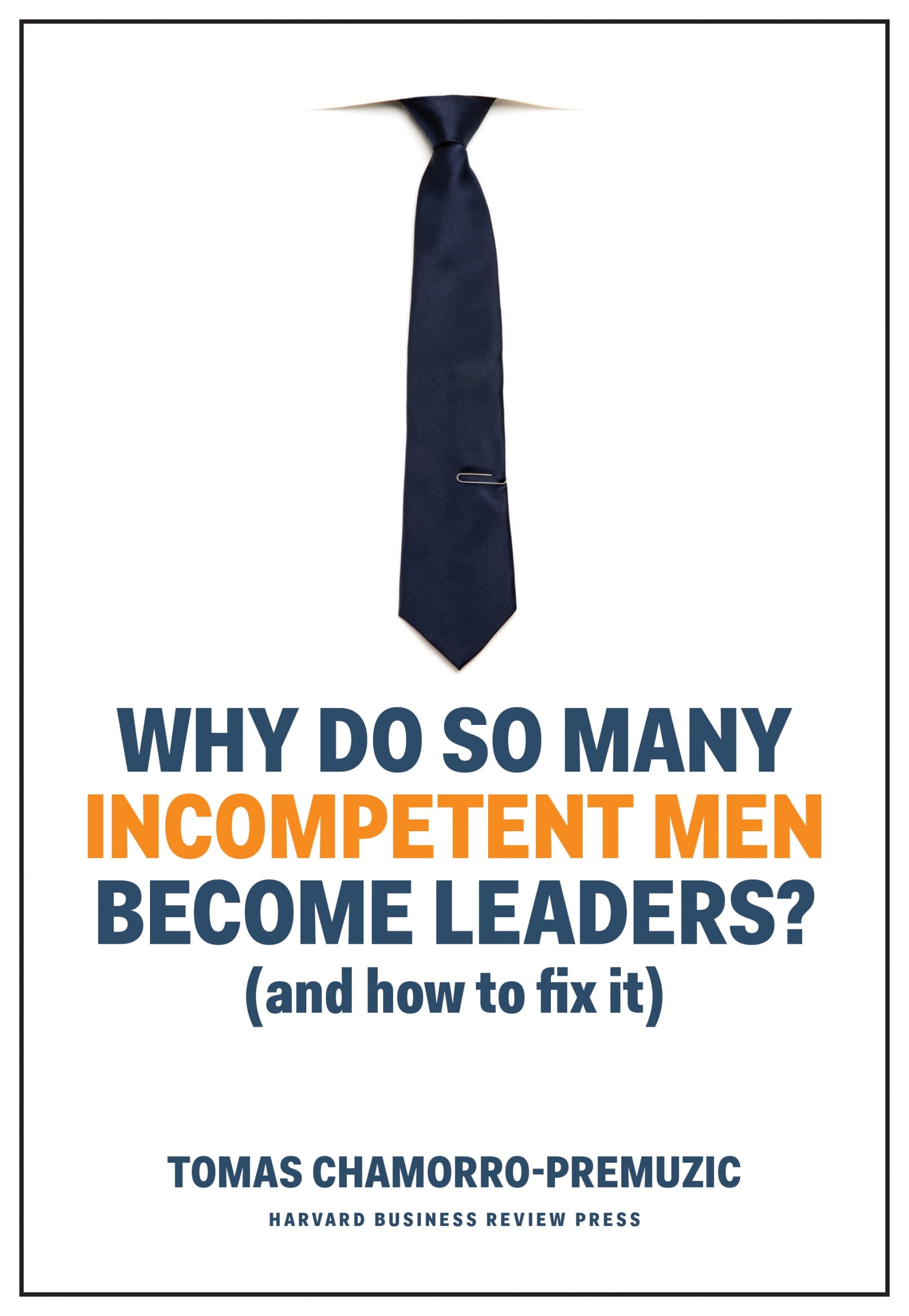When the Board Chair Thinks They’re the CEO: Using DiSC to Navigate Nonprofit Power Struggles

This dynamic isn’t just frustrating — it’s dangerous. It creates confusion in the org chart, undermines the executive’s authority, and destabilizes the staff. And because so much of nonprofit governance depends on relationships and volunteer energy, most CEOs hesitate to confront the issue directly.
It doesn’t help that most Board Chairs — and their fellow board members — rarely seek formal education about governance roles and behavior. They often believe their professional intelligence and good intentions are enough to “wing it.” That’s exactly where things start to go wrong.
I’ve lost count of how many times nonprofit consultants have told CEOs, “You just need to educate the board on the difference between governance and management.” It’s like preaching to the choir. If the CEO already had that kind of influence with the Chair, this wouldn’t be such a universal issue. That advice misses the point — it’s not a knowledge gap. It’s a power dynamic.
But here’s the truth: navigating Board overreach isn’t just about politics. It’s about style — and understanding how behavioral styles interact. That’s where DiSC comes in.
Understanding the Problem: It’s Not Personal — It’s Structural
First, let’s be clear: this isn’t about ego (well…sometimes it is). Many Board Chairs step into their role with a strong sense of duty, urgency, and vision. They want to help. But without a clear understanding of governance versus operations — and without a solid working alliance with the CEO — they may begin to unconsciously fill a power vacuum or compensate for organizational ambiguity.
CEOs, especially newer ones, may also inadvertently create this dynamic by being too deferential, conflict-avoidant, or unclear in their boundaries. The result? Confusion, resentment, and often a leadership crisis.
DiSC as a Leadership Lens
The DiSC framework categorizes behavior into four primary styles:
D – Dominance (results-oriented, direct, decisive)
I – Influence (social, enthusiastic, persuasive)
S – Steadiness (supportive, consistent, relational)
C – Conscientiousness (accurate, analytical, careful)
Understanding the DiSC profile of your Board Chair — and your own — can help you tailor communication, anticipate reactions, and lead up effectively, rather than reacting emotionally or getting stuck in turf battles.
Leading Up by DiSC Style
If Your Chair Is a D (Dominant):
This Chair is decisive, fast-moving, and often sees themselves as a fixer. They take charge when they sense hesitation and may not have much patience for process or ambiguity.
What NOT to do:
- Don’t overload them with details
- Don’t appear unsure or passive
Instead, try this:
- Be direct and confident: “I want to walk you through how I’m handling this issue so you’re fully in the loop.”
- Clarify roles through outcomes: “I’ve got a plan to resolve the staffing issue this week. I’ll keep you posted on the result.”
- Reinforce the value of partnership: “I really appreciate your decisiveness. It keeps us focused—and it works best when we’re aligned on who’s doing what.”
If Your Chair Is an I (Influence):
This Chair is social, enthusiastic, and full of ideas. They’re likely to wander into operational spaces because they’re excited, curious, and people-oriented—not because they’re trying to take over.
What NOT to do:
- Don’t shame them for “overstepping”—they won’t understand it as a boundary violation
- Don’t confront them in a way that feels cold or punitive
Instead, try this:
- Use positivity: “I love that you’re so engaged with the team—it means a lot to them.”
- Then redirect gently: “Let’s figure out the best way to channel that energy so it supports the staff without overwhelming them.”
- Offer alternatives: “Would you be open to hosting a board lunch with staff once a quarter instead of sitting in on program meetings?”
If Your Chair Is an S (Steady):
This Chair values harmony, support, and consistency. They may step into CEO space out of a sense of caretaking or wanting to reduce perceived pressure on staff.
What NOT to do:
- Don’t be confrontational or overly blunt — they may shut down
- Don’t make them feel like they’re being “difficult” or disruptive
Instead, try this:
- Affirm their intentions: “I know you’re trying to keep things running smoothly—it’s one of your strengths.”
- Reassure: “The team is in a good place, and I’ve got coverage on the day-to-day. Where I’d really love your help is [strategic or governance task].”
- Give structure: S’s thrive on clarity and gentle, ongoing alignment.
If Your Chair Is a C (Conscientious):
This Chair is analytical, detail-focused, and cautious. They may insert themselves into operations out of fear that something is being missed or mishandled.
What NOT to do:
- Don’t dismiss their concerns as “micromanaging”
- Don’t get defensive or overly emotional—C’s value data and calm logic
Instead, try this:
- Present your plans and data clearly: “Here’s the process we’re using and the metrics we’re tracking.”
- Invite oversight appropriately: “Would you like to review the quarterly dashboards with me before we send them to the board?”
- Use language like “quality assurance” and “protocol” to build trust.
How to know what kind of DiSC style you are working with by the behaviors you are experiencing from the Chair:
1. D – The Bulldozer
Strengths: Decisive, goal-oriented, high energy.
Challenges: Micromanages the CEO, wants quick wins, disregards nuance, may issue unilateral “edicts.”
Impact on CEO: Undermines authority, disrupts strategic planning, pushes unsound ideas without input.
CEO Strategy: Set and reinforce boundaries early, channel their energy toward appropriate strategic tasks, always have a data-backed “why.”
2. I – The Charmer / Showboat
Strengths: Enthusiastic, well-networked, persuasive.
Challenges: Overpromises on behalf of the org, gets distracted by shiny objects, derails meetings with tangents, avoids accountability.
Impact on CEO: Creates chaos and confusion, exhausts staff with big swings in direction.
CEO Strategy: Offer structure and clear timelines, redirect enthusiasm toward fundraising, follow up in writing to clarify commitments.
3. S – The People Pleaser
Strengths: Loyal, supportive, conflict-averse, nurturing.
Challenges: Won’t confront toxic board members, often triangulates, avoids difficult decisions, slow to act, undermines the CEO by over-consulting with others.
Impact on CEO: Forces the CEO to manage dysfunction alone, breeds passive-aggressive board dynamics, delays important decisions.
CEO Strategy: Provide clear asks and deadlines, reinforce that conflict can be productive, privately coach the chair to step into courage.
4. C – The Control Freak / Naysayer
Strengths: Detail-oriented, systems-focused, thorough.
Challenges: Paralyzed by analysis, resistant to change, skeptical of CEO’s decisions, micromanages budgeting and operations.
Impact on CEO: Slows innovation, creates bottlenecks, disempowers executive leadership.
CEO Strategy: Anticipate questions, bring data, create opportunities for the chair to review but not control.
A Note on Your Own DiSC Style
Understanding your own DiSC style helps you recognize your tendencies under stress. For example, a D-style CEO may meet a D-style Chair with a power struggle. An S-style CEO may defer too much. A C-style CEO may overexplain. An I-style CEO may try to charm their way out of the conflict without addressing it directly.
Your self-awareness is your greatest asset here. Adjust your communication not to placate the Chair, but to maintain clarity, trust, and alignment.
Leading Up Is Strategic Leadership
When CEOs are forced to navigate Board overreach, it’s easy to internalize the conflict as personal failure. But more often than not, it’s a style clash wrapped in a governance gap. The role of the CEO is to protect the integrity of the organization — even if that means learning how to manage the Chair.
Use DiSC as a leadership tool — not to label or manipulate, but to guide how you build influence and maintain boundaries. Remember: power struggles drain energy, but strategic alignment builds momentum.
Sometimes, the best strategic plan isn’t a new initiative — it’s learning how to lead the people above you. That’s where real power lives.
About the Author


 In every office setting, there exists a complex web of relationships and dynamics that can often be likened to a high-stakes game of chess. As we navigate through the intricate world of workplace politics, it becomes imperative to identify the key players and understand their roles in this strategic game. From the mastermind manipulators to the unsuspecting pawns, each individual wield a certain level of influence that can impact the overall dynamics of the organization. In this article, we will delve into the world of workplace politics and shed light on the various participants that shape the game.
In every office setting, there exists a complex web of relationships and dynamics that can often be likened to a high-stakes game of chess. As we navigate through the intricate world of workplace politics, it becomes imperative to identify the key players and understand their roles in this strategic game. From the mastermind manipulators to the unsuspecting pawns, each individual wield a certain level of influence that can impact the overall dynamics of the organization. In this article, we will delve into the world of workplace politics and shed light on the various participants that shape the game. An area of Buenos Aires nicknamed Villa Freud boasts the highest concentration of psychoanalysts per capita in the world. Even the bars and cafe?s have Freudian names, such as the Oedipus Complex and the Unconscious. Many of the residents are therapists, in therapy, or both. In fact, psychoanalysts are only allowed to be therapists if they are in therapy themselves. The requirement creates a self-perpetuating and ever-expanding universe of psychoanalysts and patients. It’s like an inverted – and unhealthy – pyramid scheme. Every new shrink is another shrink’s new patient, and the arrangement keeps both supply and demand perennially high.
An area of Buenos Aires nicknamed Villa Freud boasts the highest concentration of psychoanalysts per capita in the world. Even the bars and cafe?s have Freudian names, such as the Oedipus Complex and the Unconscious. Many of the residents are therapists, in therapy, or both. In fact, psychoanalysts are only allowed to be therapists if they are in therapy themselves. The requirement creates a self-perpetuating and ever-expanding universe of psychoanalysts and patients. It’s like an inverted – and unhealthy – pyramid scheme. Every new shrink is another shrink’s new patient, and the arrangement keeps both supply and demand perennially high. Tomas Chamorro-Premuzic is the Chief Talent Scientist at Manpower Group, co-founder of Deeper Signals and Metaprofiling, and Professor of Business Psychology at University College London and Columbia University
Tomas Chamorro-Premuzic is the Chief Talent Scientist at Manpower Group, co-founder of Deeper Signals and Metaprofiling, and Professor of Business Psychology at University College London and Columbia University Each of the
Each of the  Some personal power is organizationally bestowed. Others are self-earned. Each is effective when wielded in the proper place and time. Yet the absolute degree of influence each power differs greatly, dependent on the value offered which is further influenced by the circumstances surrounding the power’s use.
Some personal power is organizationally bestowed. Others are self-earned. Each is effective when wielded in the proper place and time. Yet the absolute degree of influence each power differs greatly, dependent on the value offered which is further influenced by the circumstances surrounding the power’s use.